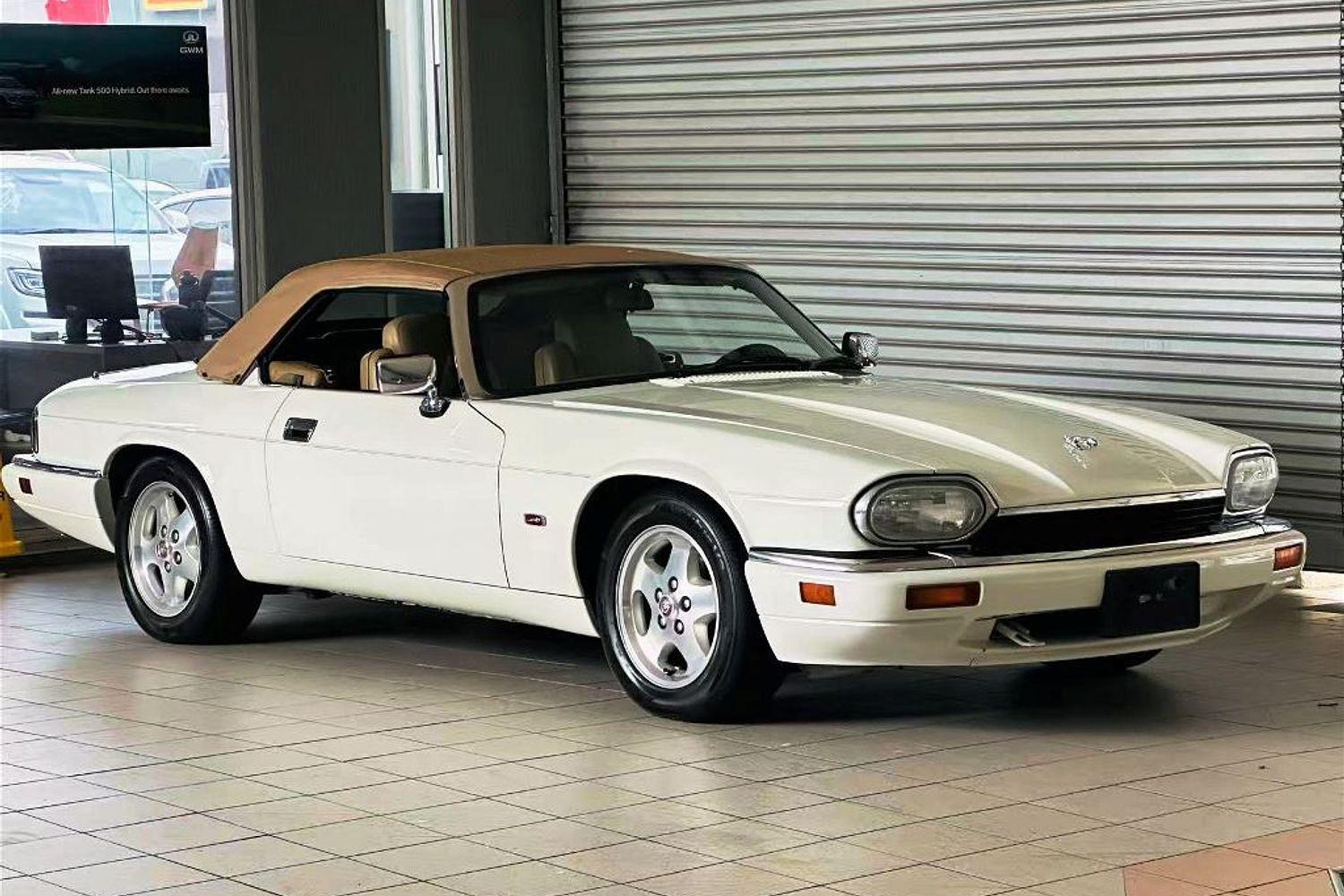Aston Martin Bulldog resto completed
After 18 months and more than 6,000 hours, the restoration of Aston Martin’s one-off ‘Bulldog’ supercar is complete. The finished vehicle made its post-resto debut at September’s Concours of Elegance show in the UK.

When it was first built, the Bulldog was a year in the making, designed to show off Aston Martin’s engineering prowess and attract specialist contract work. It was also intended to be the world’s fastest production car, with a limited production run of 15 to 25 units planned.
Initial development was undertaken off-site before a concerted effort to get the car completed saw a section of the Newport Pagnell works devoted to the car and a team of eight overseeing its engineering and construction.
Unveiled by Aston Martin in 1980, the Bulldog’s standout feature was its wedge-shaped body and huge hydraulic gullwing doors. The design, by William Towns, featured all sorts of tricks to improve aerodynamic efficiency, from special wheelcovers to a rear-view camera in place of traditional exterior mirrors and a bank of five headlights that sat behind a drop-down bonnet panel.

Powering the Bulldog was Aston Martin’s 5.3-litre V8 that had been introduced earlier that decade and was already in use in the V8, Vantage and Lagonda. In the hottest Vantage of the time, this engine produced 432hp (322kW), but in the Bulldog, a pair of turbochargers and other modifications saw the mid-mounted engine peak at a claimed 700+hp (520+kW).
Predicted to reach speeds in excess of 380km/h, early testing delivered just over 300km/h.
Following the Bulldog’s unveiling, it did the rounds of the motor shows and attracted some attention, but Aston Martin’s financial difficulties at the time (the carmaker’s earlier saviour, David Brown, had sold his stake in the company in 1972) saw new company chairman Victor Gauntlett cancel the Bulldog project in 1981 after only one car had been completed.

The solitary Bulldog is believed to have remained in Aston Martin’s possession until 1984, when it was sold to a Saudi prince (for a fraction of its development cost) who subsequently blew up the engine on his first drive! In the decades that followed, the car is believed to have bounced around between owners in the UK, US, Middle East and Asia before it was purchased by US billionaire Phillip Sarofim in a private sale brokered by auction company RM Sotheby’s.
In February, 2020, Sarofim sent the Bulldog to UK-based restoration specialist, Classic Motor Cars (CMC), with a brief to not only restore the car, but also ensure the finished article could deliver a top speed of at least 320km/h – something it never achieved when new.
Somewhat ironically, the restoration was led by CMC’s Richard Gauntlett, the son of Victor who had cancelled the Bulldog project 40 years earlier.

The restoration team were presented with many challenges from the outset, not least of which were a number of bespoke parts created for the car, as well as other parts that were missing. There were also some decisions to make about which era of the car’s history to restore it back to. Originally finished in white and grey, a subsequent owner had it repainted in two-tone green. Other changes over the decades included carburettors in place of a fuel injection system and faired-in external mirrors in place of the rear-view camera.

Despite having access to the Bulldog’s full history file, as well as the expertise of former Aston Martin technicians who originally built it, CMC’s Managing Director, Nigel Woodward, predicted the restoration would take a team of eleven specialists 18 months to complete.
Following an extensive dismantling process, documenting each part along the way, the restoration was said to be halfway to completion by January this year. The rebuild of the engine had been completed by June (including improvements, not just refurbishments), followed by the manufacture of a bespoke twin-plate clutch to handle the additional power.

In September, the restoration was done – just in time for the Bulldog to make its post-restoration debut at the Concours of Elegance car show.
On hand for the unveiling were members of the Royal Marines and Royal Navy apprentices, reflecting a connection between CMC and the Royal Navy that will see test runs of the completed car conducted on the runways of Royal Naval Air Station Yeovilton in South Somerset.

Speaking of the work involved in the restoration, Woodward said: “When we received the car, it didn’t look too bad. But closer inspection revealed that there was a great deal to do. It was decided to carry out a full nut and bolt restoration.
“The car had received damage by being lifted at some point. It had not been run for years and it immediately became apparent that many parts would have to be rebuilt if it were to run at 200mph.”
Woodward added that, while CMC tried to be as faithful as possible to the Bulldog’s original design and concept, they also decided to future proof the car to ensure it remains drivable into the future. As such, a state-of-the-art engine management system and modern liquid-cooled turbochargers were incorporated.

Phillip Sarofim, owner of the Bulldog, said: “The team at CMC have done a great job. The car looks truly amazing. Now we must work on the tests which will be carried out by Aston Martin racing driver Darren Turner to make sure that it reaches 200mph, I have every confidence we will achieve it.”













